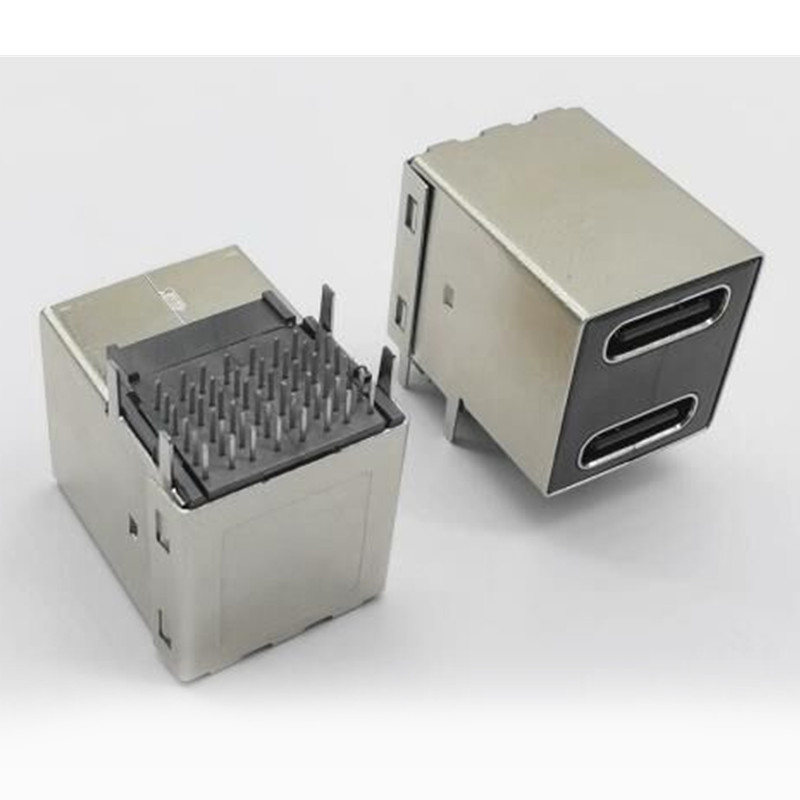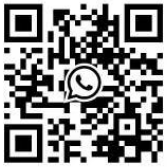Since its launch, universal serial bus (USB) has successfully replaced serial port and parallel port and become one of the standard expansion interfaces and necessary interfaces for a large number of computers and intelligent devices in the 21st century. It has been developed to USB version 4.0. USB has the advantages of fast transmission speed, convenient use, support for hot plug, flexible connection and independent power supply. It can connect a variety of peripherals such as keyboard, mouse and mass storage device. This interface is also widely used in smart phones. The interaction between computers and other intelligent devices and external data is mainly based on network and USB interface.
Type C
To understand the principle of type-C, we must first understand its PN definition. The type-C port has 4 pairs of TX / RX branch lines, 2 pairs of usbd + / D -, a pair of SBU, 2 cc, 4 VBUS and 4 ground wires.
Of course, if the receiver only needs DP signal and does not need USB 3.1 signal, DP can use all 4 pairs of TX / RX differential lines for output, so as to realize DP output of up to 4 lanes, provide total output bandwidth of up to 32.4gbps (8.igbps can be output for each lane), and easily realize 5kx3k60 frame video, or even up to 8K × 4K 60 frame video (4:2:0 data). This mode is dponly mode. In addition, in order to be compatible with USB2 0, type-C also retains the usbd + / D-signal for USB 2.0 devices, so you only need to use the type-C interface, USB2 0 and even USB 1.0 devices can support front and back insertion. It is worth mentioning that DP + USB2 can be realized by using usbd + / D - in combination with the above DP only mode 0 mode. DP occupies 4 pairs of TX / RX differential lines, and USB only uses D + / D -. Normally, USB2 0 differential signal will only be connected to one side, because the USB type-C plug has no B6 and B7. USB3. 1. Only two pairs of TX / RX differential lines are used as data lines. Connect TX1 / rx1 when inserting forward and TX2 / rx2 when inserting backward It can be seen that in any case, there will be two pairs of differential lines that are not used. The DP alternating mode is to load the DP signal onto these two pairs of "redundant" differential lines, so as to realize the simultaneous operation of USB 3.1 + DP.
Type-C also provides 2 cc lines and 2 SBU lines. CC line is mainly used for the communication of power delivery module (hereinafter referred to as PD). CC line is first used to judge the direction of equipment insertion: forward insertion or reverse insertion. If it is forward insertion, the host uses CC1 to communicate with the equipment, and reverse insertion uses CC2. It can be seen that CC uses single line protocol When the DP function is turned on, the SBU line is incarnated as aux in the DP protocol_ P/AUX_ N differential line (its polarity can be modified according to the forward and reverse insertion direction) is responsible for transmitting DPCD, EDID and other key information of the equipment.
HDMI connector
High definition multimedia interface (HDMI) is a fully digital video and sound transmission interface, which can transmit uncompressed audio and video signals. HDMI can be used in set-top boxes, DVD players, personal computers, televisions, game consoles, integrated amplifiers, digital audio and television sets. HDMI can send audio and video signals at the same time. Because the audio and video signals use the same wire, the installation difficulty of the system line is greatly simplified.











